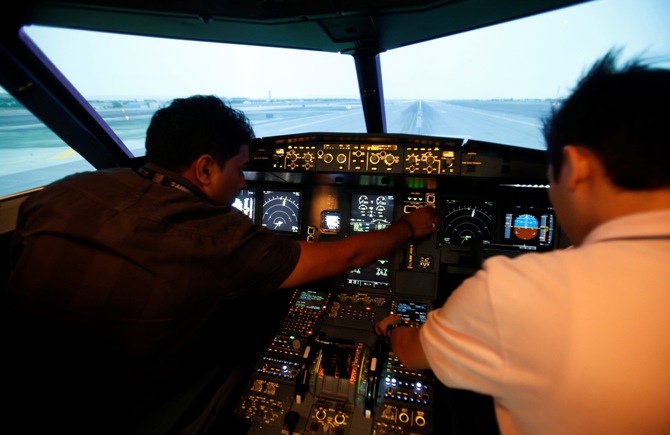
AirAsia has a plan for aircraft use, turnaround and crew tasks that is unprecedented in Indian aviation.
The airline proposes to use pilots to conduct airworthiness checks before flying.
Its cabin crew will assist in loading cargo.
A person aware of the airline’s strategy said AirAsia had got its pilots certified by the Directorate General of Civil Aviation to carry out technical checks.
“There will be some engineers stationed at major airports.
“However, the pilots will carry out technical checks. The engineer would only be at hand to rectify any problem,” he said.
The cabin crew will help with ticketing, assist ramp agents in removing stubs from boarding passes and prepare load sheets.
. . .
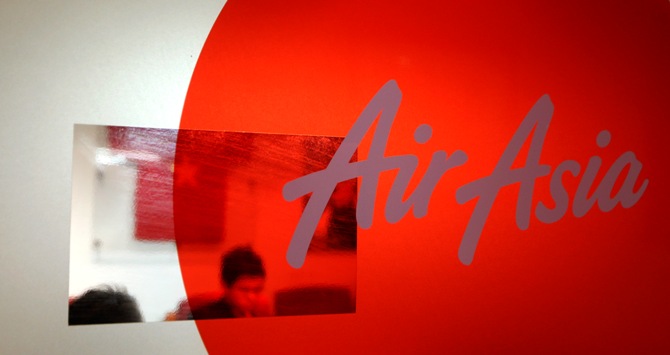
“There will be two loaders for baggage, but instead of the loadmaster the cabin crew will prepare load sheets to minimise on-ground time,” the source added.
AirAsia is also striving for aircraft turnaround in 20 minutes, much lower than the 30-35 minutes most Indian budget airlines manage and the 45-60 minutes full-service carriers take.
The turnaround target is better than what AirAsia achieves in Malaysia.
The airline is training employees at a facility in Malaysia to ensure the target is met.
Improved turnaround time will help AirAsia keep its aircraft flying for 16 block hours a day, against 12 block hours Indian budget carriers achieve.
If it achieves this objective, AirAsia will offer services from 5.30 am to 11 pm.
. . .
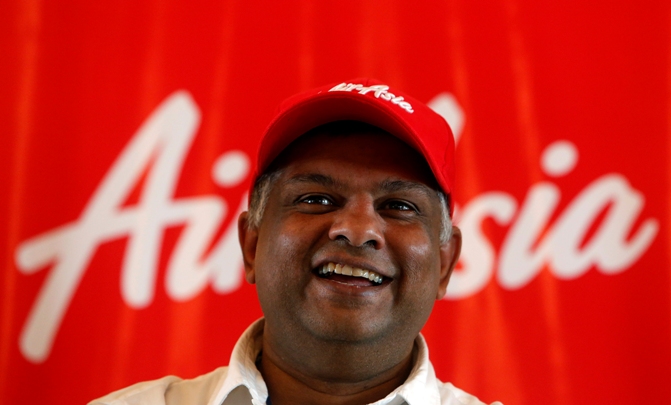
The airline is also paying its pilots less than the competition.
It is hiring pilots for Rs 300,000-400,000, but says it will pay industry rates (around Rs 500,000) once operations start.
AirAsia declined to comment on its business model because it is about to receive its Air Operator’s Permit.
It, however, confirmed it had hired 277 employees so far, including flying crew, ground staff, ramp agents, security personnel and staff for guest services.
The source close to the airline said AirAsia wanted to begin operations with an aircraft-to-manpower ratio of less than 1:100.
. . .
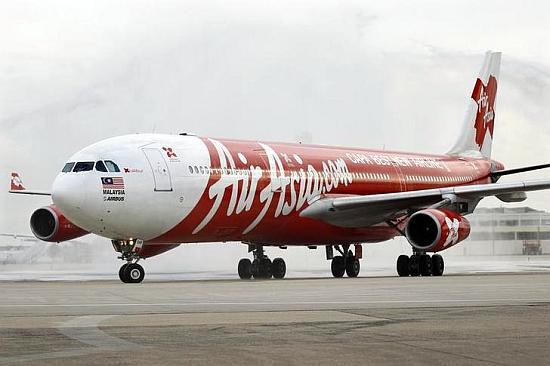
Low-cost carrier IndiGo had achieved a ratio of 1:98 a few years ago but it has many more planes.
AirAsia India CEO Mittu Chandilya had earlier told Business Standard: “To start with, we may have 80-100 employees per aircraft, but will bring this down to 60-65 in a year’s time. Even as we pull costs down and drive revenues up, we have to get the balance right.”
Control over cost is particularly important for an airline that has promised ‘nano’ fares to stimulate demand.
“From day one, passengers should expect to get more than what they are used to now. Pricing and connectivity will be key differentiators. We want to bring fares down by 25-30 per cent,” Chandilya had said.
. . .
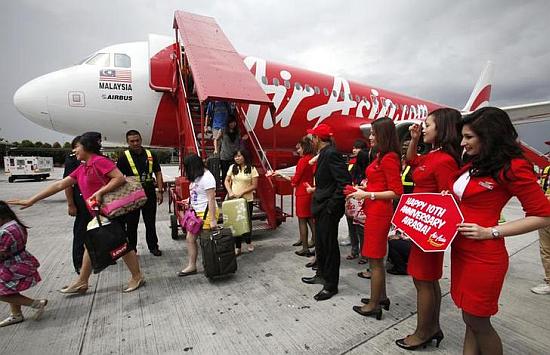
Unlike in Malaysia, where aviation turbine fuel costs and airport fees are low, these make 50-60 per cent of an airline’s cost of operating in India.
AirAsia has planned not to fly to metros like Delhi and Mumbai, where airport charges are high.
DGCA is expected to clear AirAsia’s permit this week.
AirAsia India, a venture among Malaysia’s AirAsia Berhad, Tata Sons and Telestra Tradeplace, will launch services from its Chennai hub with Airbus A320s.
It has indicated it will fly to smaller towns in South India and open new routes.
. . .